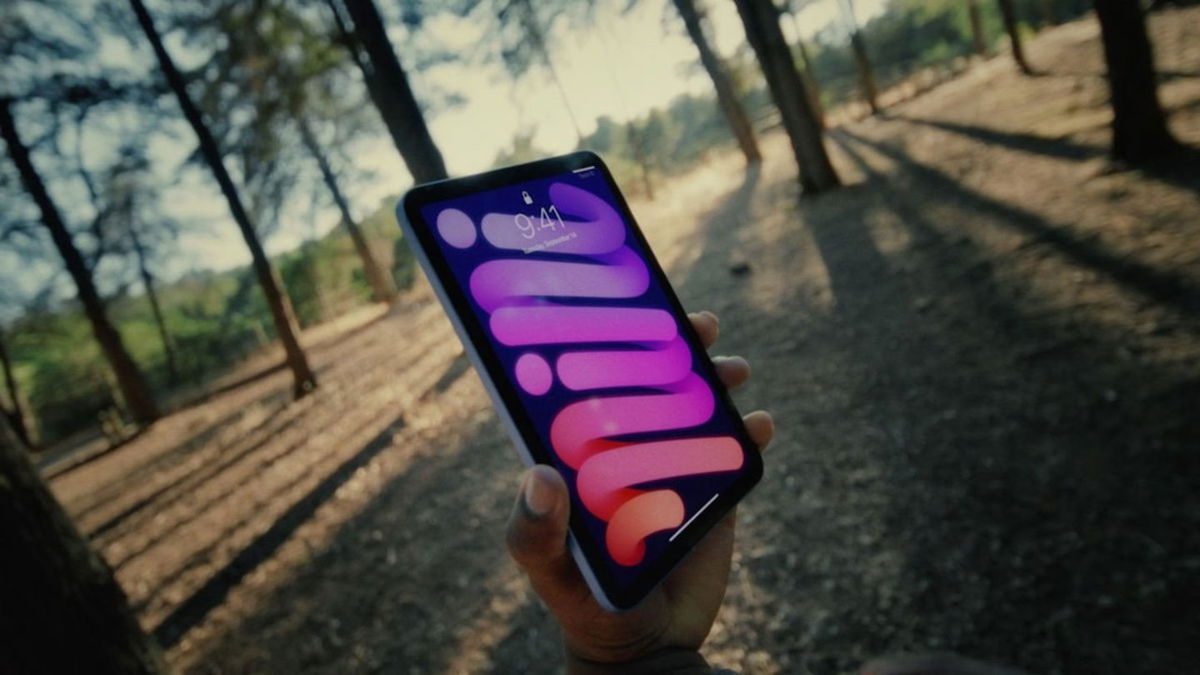You’ve probably heard this: 80% of households in Spain were unable to install an electric car charger because they do not have access to a garage. This is one of the most common arguments when talking about the difficulties of switching to electric mobility in the country. But a new study published IdealisticThe most popular portal for buying, selling and renting houses and apartments provides completely different data.
According to data collected and analyzed by the platform, currently 45% of homes in Spain could install an electric car chargerthat is, almost halfThis is nowhere near the “less than 20%” that people who oppose electric vehicles often talk about.
Of course, percentages vary significantly between provinces. According to the study, Malaga (64%), Pontevedra (61%), Guadalajara (56%), Valladolid (56%), Lugo (55%), Granada (52%), Cantabria (52%), Toledo (51%) . %)), Murcia (51%), Castellon, Segovia and Ourense (50% in all three cases) will have the greatest availability.
Then Gipuzkoa (25%), Barcelona (30%), Vizcaya (30%), Jaén (32%), Cordoba (32%), Caceres (36%), Seville (37%), Valencia, Badajoz, Lleida and Burgos (38% in four cases) will have the least ability to access parking in Spain.
In some capitals the situation is getting more complicated. And perhaps this is part of the general perception of limited access to a parking space and the resulting installation of an electric vehicle charging station. The cities with the fewest parking spaces (and the ability to install chargers) are Barcelona with 14% and Cadiz with just 13%. In Bilbao it is 21%, in Valencia it is 23% and in Huelva it is 25. In the case of Madrid (the city) the percentage is 28%. If you look at the autonomous community as a whole, it increases to 40%.
To get these numbers, Idealistic analyzed 1.3 million homes listed on the platform through 2023, counting those that claimed to have a parking space.
What do we do with the 55% who can’t install an EV charger in Spain?
Although the figure of 45% of homes with access to a garage is significantly higher than the often cited “less than 20%” assumption, there are still 55% of homes that fail to install an EV charging point.
This is where infrastructure deployment comes into play. slow charging for electric vehicles in cities. Especially on sidewalks, using previously installed lights and poles. Installing slow charging points is significantly cheaper and easier than installing the ultra-fast chargers that are typically available on roads and highways.
Drip charging is very important because it can be done unsupervised. You park the car, plug the car into the charger, and leave it to charge. Cars typically sit stationary for 90% of their life, making this the ideal time to charge. This can be done especially at night when electricity is usually cheaper.

Many European cities are starting to roll out slow charging infrastructure for cars parked on the street. In London, for example, thousands of slow charging points have already been installed on street lamps.
SiemensOne of the companies involved in its installation claims that the time to convert a street lamp into a charging station is less than an hour. These charging points have power ranging from 5.5 to 7.4 kW. To date, 8,000 charging points of this type have been installed in the city.
Here in Spain, Valencia is one of the cities that has begun installing slow chargers in street lights in a pilot program that began in 2021. this on a larger scale and in greater volume can further reduce the cost of an installed unit.
Source: Hiper Textual
I’m Blaine Morgan, an experienced journalist and writer with over 8 years of experience in the tech industry. My expertise lies in writing about technology news and trends, covering everything from cutting-edge gadgets to emerging software developments. I’ve written for several leading publications including Gadget Onus where I am an author.













